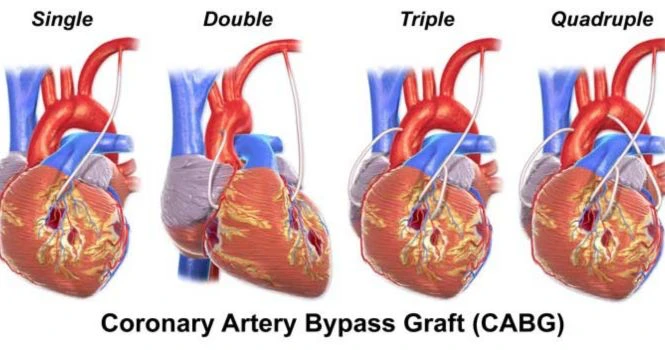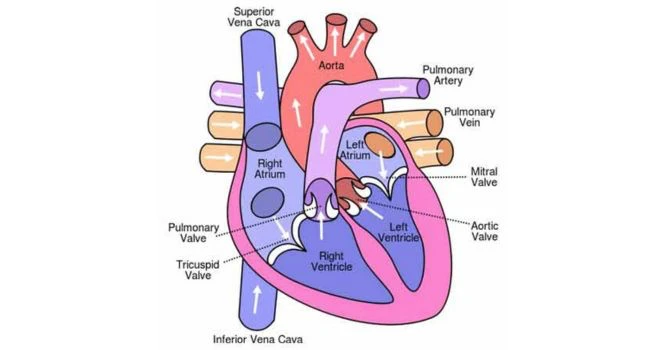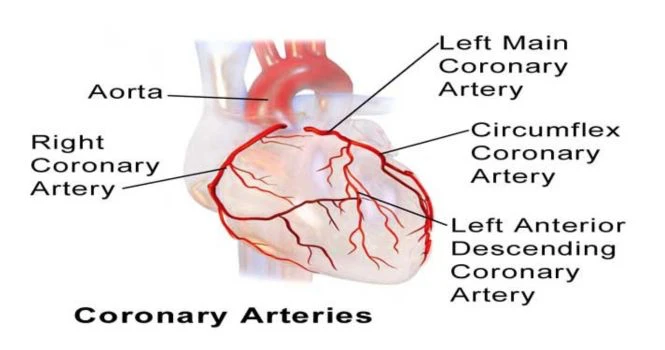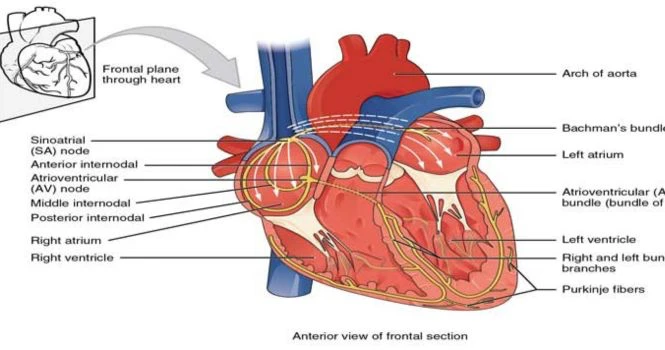Cardiologist deal with the medical management of the heart attack by prescribing medicines and if required, stenting by Coronary Angioplasty.
The case would be referred to a cardiac surgeon when the medical management or stenting procedure doesn’t give significant long term favorable prognosis.
This surgery is called Coronary Artery Bypass Grafting, commonly called CABG.

Its most common surgery, world over.
When the coronary arteries are blocked and when cardiologists rule out stenting, the cardiac surgeon would be carrying out CABG.
Cardiac Surgeon would be bypassing the blocked portion of the artery with a graft, taken from arteries which supply the legs or which supply the chest wall.
Once the surgeon bypasses the blocked portion, blood starts flowing and the affected portion regains blood flow.
Conventional CABG:
The heart is stopped and the functions of the heart is taken over by Heart-Lung Machine in this procedure.
Beating Heart Bypass Surgery:
When the graft is being used to bypass the block, the heart is still beating. Medications are used to slow down the heart rate.
Minimally Invasive Cardiac Surgery:
The types of minimally invasive surgeries include
• Surgery for valve repair or replacement
• CABG
• Epicardial Lead Placement
• Atrial Fibrillation
Benefits of minimally invasive surgery:
• Smaller incision
• Reduced risk of infection
• Lesser bleeding and smaller scar
• Lesser Pain and trauma
• Decreased length of stay in the hospital
• Decreased recovery time.













